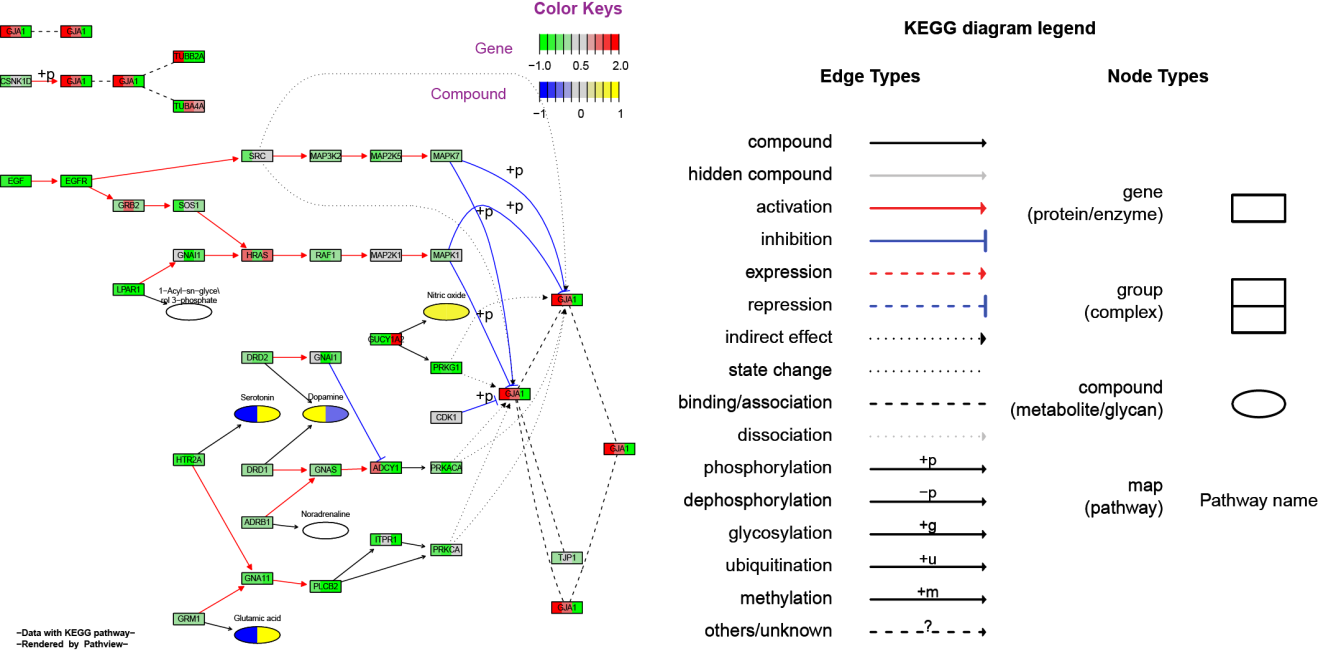

Graph visualization is a way of representing structural information as diagrams of abstract graphs and networks. Graphviz is open source graph visualization software. Good times.Questions and discuss Graphviz. Running gvgen -S6 | neato -Tpng -o/tmp/test.png kept me amused for, oooh, at least 30 seconds. It was also an interesting blast from the past - I haven't messed around with graphs this much since my Cambridge Uni days. I can't see any explicit harm in including them if it's easier just to include everything, but short of X-forwarding they'll mostly just quit with the usual error about not finding a display: Potentially I guess people might want to run them over SSH with X-forwarding, but that's getting pretty obscure for PA to offer. nop - pretty-print a graph source file.įinally, I can't see how the following tools would be useful without an X-server.gvgen - generate a graph from a set of predefined types.gc - show graph statistics, the Graphviz equivalent to wc.diffimg - create an image which is the diff of two other images.Maybe they use it for debugging their layout engines. I mean, I can see it could be potentially a useful utility in a number of situations, but no idea whatsoever what it's got to do with graphs specifically. There are also a few tools to do other tasks - mostly these are Graphviz-related, but I can't figure out why on earth diffimg is included. mm2gv - convert from Matrix Market format to dot.gxl2gv - convert from GLX format to dot.gv2gxl - convert from dot to GXL format.gml2gv - convert from GML format to dot.There are a set of command-line tools which convert to and from the native Graphviz "dot" format (sorry, it appears I'm supposed to call it "gv" format these days according to the man pages):

GRAPHVIZ LAYOUT ENGINES SOFTWARE
For example, ccomps might be useful for network visualisation software for a large network, to identify hosts in a cluster which have become partitioned: Most of these are of primary use to academics, but I can imagine more mainstream software having a specific use for them under specific circumstances. There are also a bunch of command-line tools to filter graph files in various ways. twopi - undirected graphs using a radial layout.sfdp - alternative to fdp for larger graphs.osage - draws clustered graphs recursively.neato - undirected graphs using a spring model.dot - standard tool for drawing directed graphs, probably the most commonly used one.fdp - undirected graphs using a spring model (a newer / less mature alternative for neato).circo - circular layouts for undirected graphs.But interesting.Īnyway, the list of core tools, which actually produce image files from graph definitions, are as follows - these correspond to the different layout engines so different types of graph will use a different tool: Useful? Mmmmm, maybe in esoteric circumstances. If you feel that more binaries equates to more maintenance effort, however, you may wish to trim the list.Īs an aside, I never realised how much obscure stuff there was as part of Graphviz - some of the graph filters in particular look quite interesting. Personally I think there's little harm in including all of the tools except those that require a GUI, but the core tools are the most important - those are the ones that third party software is most likely to rely on. I've spent a little time chasing these up and I think the tools can be divided into a few categories.


 0 kommentar(er)
0 kommentar(er)
